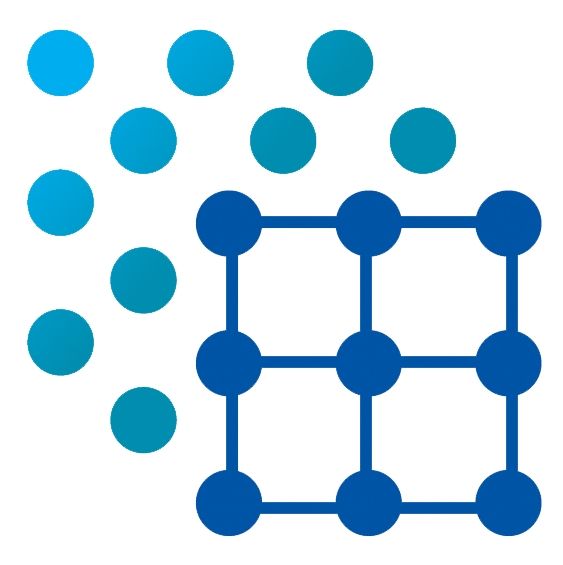Energy resolution 140eV under ideal conditions. All KB peaks eliminated electronically. W LA1 (8.40 KeV) lines eliminated from Cu KA1,2 (8.04 KeV) scans even with thoroughly contaminated tubes. Common fluorescence energies (i.e. Fe when Cu tube anodes are used) are greatly reduced. (Brehmstralung effects are impossible to remove completely) Most PSD detectors offer no better than 650eV. This allows for a great deal of fluorescence energy to pass as well as W LA1 from older Cu tubes. Low angle scatter The detector mounts in place of the
- 5998 Brookstone Ct Aubrey, TX 76227Monday-Friday: 9am to 5pm Central TimeSaturday / Sunday: By appointment only+1 (940) 453-8786KSA@KSAnalytical.com


